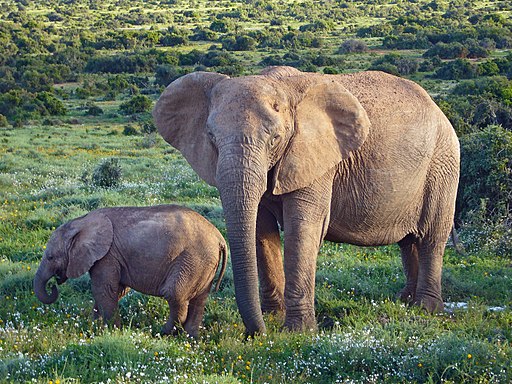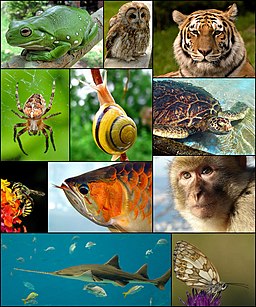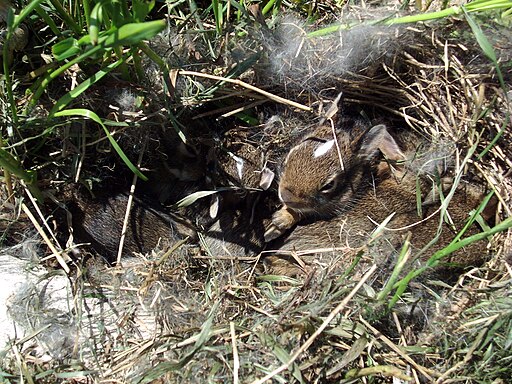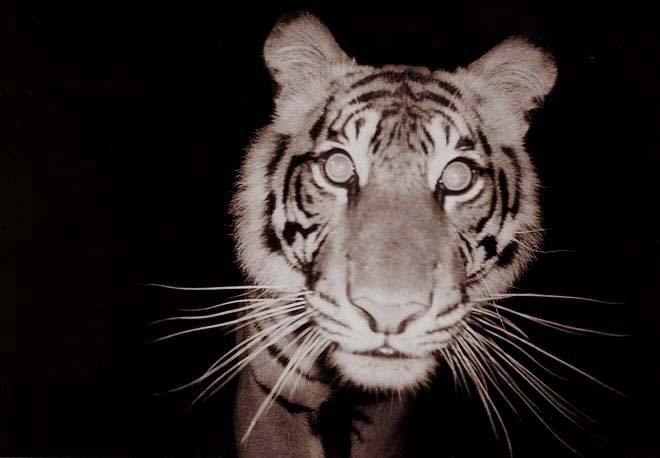2012 was a record year for the West Nile virus. We already know that this virus is zoonotic, which means it can pass from animals to humans, and from humans to animals. What does this mean for our furry, feathered, and scaly friends?
West Nile Virus in Cats and Dogs
There are two ways a dog or cat could possibly be exposed to this disease. He may be bitten by an infected mosquito, or may decide to snack on an infected prey animal such as a mouse. That being said, dog and cat owners can relax a bit. The West Nile virus doesn't seem to cause much harm to our two most popular pets. In an experiment, cats and dogs were intentionally infected with the virus (yeah, I'm not crazy about that either). The dogs and some of the cats didn't show any symptoms, and the rest of the cats experienced only mild symptoms such as lethargy and a slight fever. (You can read the report
here, but I recommend stopping after the abstract if you're a cat and/or dog lover).
Even though WNV probably won't harm the health of your cat or dog, if you notice any suspicious symptoms, contact your veterinarian. He or she can provide supportive care for your pet if necessary.
Reptiles and Amphibians
Studies have been done with iguanas, garter snakes, bullfrogs, and turtles (specifically, red-eared sliders). In one experiment, the iguanas, snakes, and bullfrogs became infected, but none exhibited symptoms. In a different study involving only garter snakes, 4 of 9 snakes died. Young crocodiles and alligators seem to be the most susceptible to WNV - there have been outbreaks of the disease among wild alligators in multiple states. Also, there have been transmission studies that strongly suggest the virus can pass directly from an infected alligator to tankmates. Symptoms to watch out for are "star gazing" and mouth lesions.
Horses
There's good news and bad news for horse owners. First, the bad news is that horses are susceptible to the WNV. Most horses that get bitten do not get sick, however, those that do get sick show symptoms of encephalitis such as loss of appetite, depression, weakness, muscle twitching, paralysis, convulsions, or coma. The good news is that vaccines are available for horses. Vaccination is obviously your best protection, but other ways to reduce your horse's risk include: keep your horse inside during peak mosquito times, set up fans in the stable to help keep mosquitoes out, eliminate standing water, and check the property frequently for dead birds. If you do find a dead bird, call your local health department, and of course, never touch a dead wild animal with your bare hands.
Small Mammals (Pocket Pets)
Many small mammals have been experimentally infected with WNV. Mice, rats, and hamsters developed clinical signs (some severe). Guinea pigs and rabbits, however, did not become sick.
West Nile Virus in Pet Birds
Wild birds are the primary hosts of the West Nile virus. Crows, jays, thrushes, chickadees, and raptors are among the most affected. The virus has been reported in approximately 300 species of birds, so as one might guess, pet birds can become infected as well. Fortunately for parrots and their owners, psittacines seem to have at least some resistance. However, there have been a few cases in parrots such as macaws, cockatoos, conures, budgies, and cockatiels, so no bird is 100% safe. Some birds with the virus experience weight loss, weakness, fluffed feathers, or neurological symptoms such as paralysis, lack of coordination, circling, or seizures. Other birds experience no symptoms at all. For some, the only symptom is sudden death.
Officially, there is no vaccine available for birds,* and you should never use insect repellents on or near your bird due to the fact that birds are much more sensitive to chemicals than we humans are. So, how do you protect your birds? If your birds are indoors, they are pretty well protected as long as you keep your doors and windows closed (or screened) to avoid letting mosquitoes into the house. If your birds are in an outdoor aviary, you may wish to consider bringing them inside during peak mosquito times. If that's not possible, you can try using mosquito netting, and of course, make sure there's no standing water nearby.
As always, if you notice any symptoms, contact your veterinarian.
*Some zoos are using the equine WNV vaccine on their outdoor birds, and are experiencing some success with it. However, the vaccine has not been officially approved for birds as of yet.































